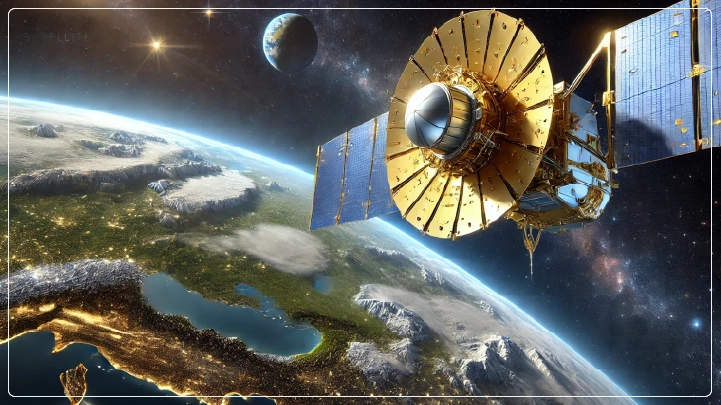ISRO and NASA to Launch NISAR Satellite in March 2025 for Advanced Earth Observation
The Indian Space Research Organisation and the National Aeronautics and Space Administration are expected to launch the Nisar satellite in March 2025 under the NASA-ISRO Synthetic Aperture Radar program. This specific program, totaling ₹5,000 crore, is set to change India's global delivery mechanism for Earth observation with advanced synthetic aperture radar technology, now used with unprecedented precision to observe the dynamic processes of the Earth. The Nisar satellite weighs 2.8 tonnes and will be launched from the Satish Dhawan Space Center with an ISRO GSLV Mk II launcher. It will be placed in a sun-synchronous orbit at an altitude of 747 kilometers, flying over land and ice surfaces on Earth every 12 days, and will produce valuable data for applications such as ecosystem mapping and disaster management. The mission will also observe the movements of the solid Earth, ice dynamics, vegetation changes, and natural disaster events, such as earthquakes and landslides.

Mission Features Advanced Radar Technology
The technology incorporated into the NISAR satellite is Synthetic Aperture Radar (SAR), which is intended for high-resolution imaging. This platform is to be launched from the Satish Dhawan Space Centre, Sriharikota. It will be used for monitoring landforms, ice formations, vegetation patterns, and changes due to geological structures as it is launched aboard the ISRO GSLV Mk-II rocket. It has significant applications in mapping ecosystems, changes in land dynamics, and shifts or variations in ice sheets. The satellite's capacity to penetrate deep within thick vegetation makes it a crucial tool for monitoring the environment. Near real-time data for damage assessment during natural disasters such as seismic events, landslides, and volcanic activity will be provided over three years of intensive operation.
Impact of NISAR’s Observations
NISAR, the most precise satellite on Earth and in space, would play a major role in scientific research and disaster management, as it would enable accurate measurements of terrestrial and icy surfaces. It would track the movement of tectonic plates, and climate change, monitor ecosystems, and shifts in glacial direction, and eventually apply to agricultural planning, city development and management, as well as environmental conservation.
A New Era in Global Earth Observation
This program is expected to take global Earth observation to new heights. NISAR is a ₹5,000 crore mission designed to address the complexities of modern-day Earth science in deep collaboration with the Indian Space Research Organisation (ISRO) and the National Aeronautics and Space Administration (NASA). Advanced synthetic aperture radar technology, once commissioned, will unravel Earth's dynamic processes in detail. Weighing 2.8 tonnes, NISAR will be placed into orbit at a height of 747 km and will be able to scan the entire planet's land and ice surfaces every 12 days. The dual-frequency radar, which uses NASA's L-band and ISRO's S-band technologies, permits the detection of surface changes of just one inch and will therefore prove invaluable for monitoring ecosystems, land deformation, and natural disasters. The mission also addresses crucial issues such as global climate change, urbanization, and disaster management.